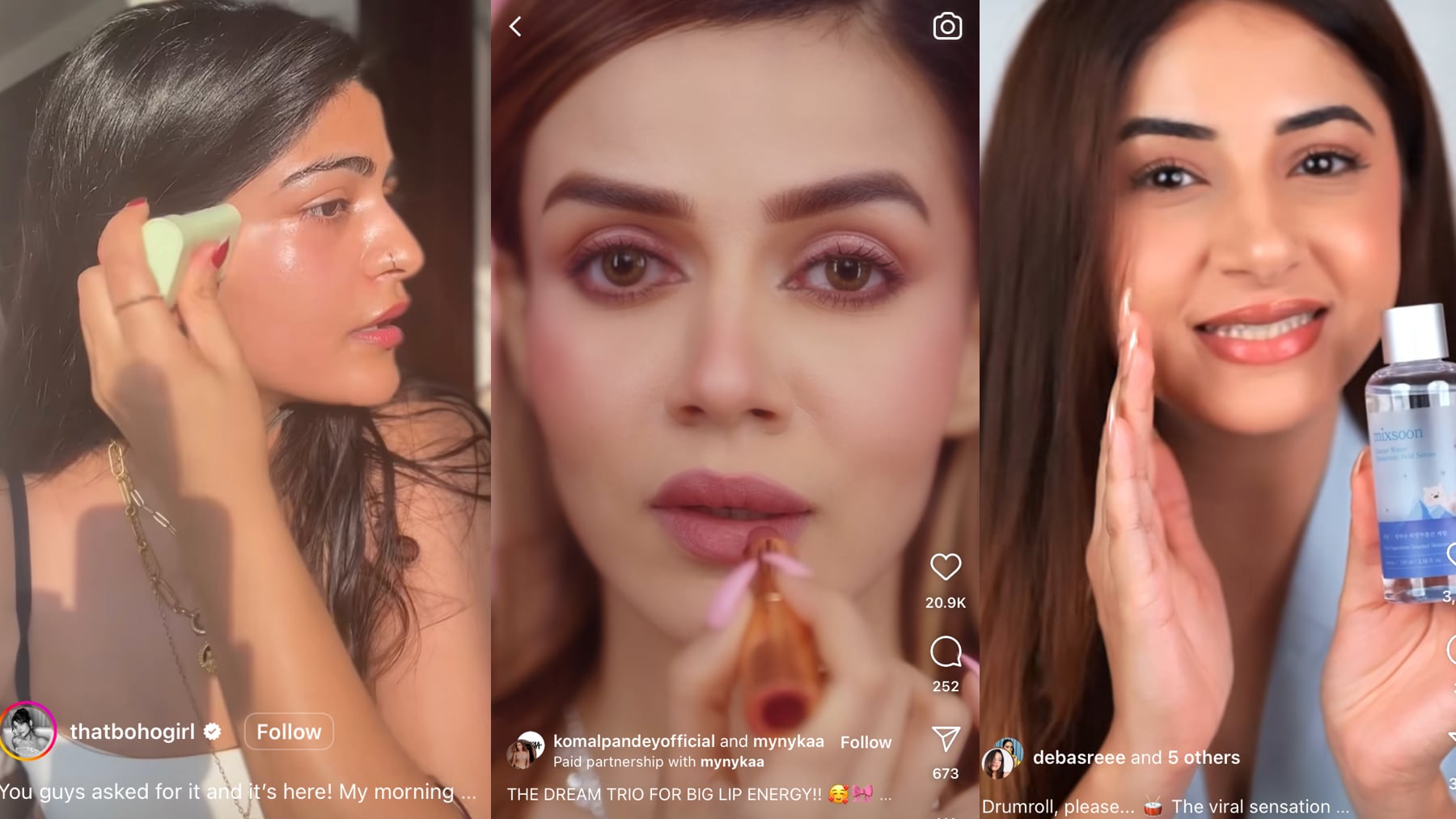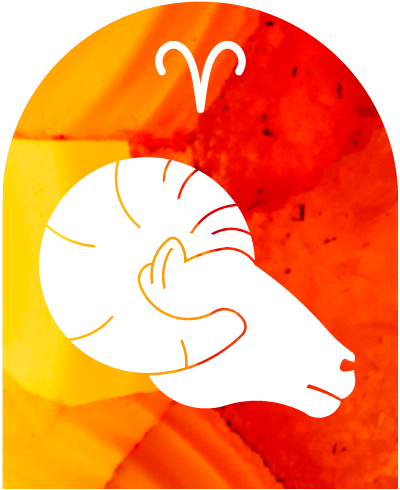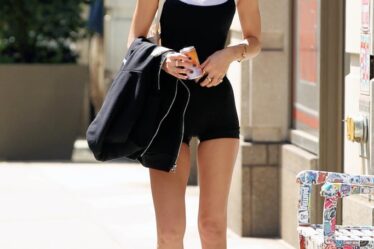
Beauty isn’t prepared to lose its hitmaker.
Over the past few years, TikTok has become the tool for taking a beauty product from unknown to sold-out success overnight. Its ability to bring viral attention to products like the K18 Molecular Hair Mask or Cosrx Advanced Snail 96 Mucin Power Essence has fundamentally changed the industry, and with that, it has become the most important platform for beauty marketers.
Those days, however, appear to be numbered. Despite a sense of denial among US-based influencers and marketers, who still can’t seem to fathom losing access to the app that has become so crucial to their businesses, that outcome is very much a real possibility. That was on full display this week, as federal judges posed pointed questions in response to TikTok’s oral arguments appealing the ban on Sept. 16.
With TikTok comprising a significant chunk of beauty brands’ marketing budgets, its exit would require them to dramatically rethink their social strategies. To get a sense of what this would look like, they can learn from a market where a TikTok-free social media landscape has already been the reality for four years: India.
India is not the only country where the short video app is blocked, but its social media market holds some key similarities to the US. TikTok launched in both countries at similar times and hit the mainstream in 2020. The app has 170 million users in the US, approaching the number India reached (200 million) before the abrupt shutdown in 2020.
Because tech giants Alphabet and Meta have a significant presence in India, Instagram and YouTube won the lion’s share of attention from India’s former TikTok users after the ban. But TikTok’s short-lived presence in the market dramatically altered the way people consumed social media, meaning brands could not just revert back to their pre-TikTok marketing strategies.
“The shift from TikTok prompted significant changes in how brands approached social media marketing, with a greater focus on short-form video, influencer partnerships, and a diversified, localised approach to content,” said Sonalee Kumar, the director at New Delhi-based marketing agency TCC.
Instagram’s Vibe Shift
Without TikTok, Instagram has emerged as the dominant platform for beauty content in India, despite the fact that it is estimated to have fewer users in the country than YouTube — which rolled out its TikTok alternative YouTube Shorts in September 2020 in India — does. Local startups that attempted to capture a chunk of the short-video market share quickly fizzled in the country.
“Nothing comes close [to Instagram],” said Arjun Sawhney, the owner of TCC.
The switch was a relatively seamless one, because in India, TikTok was banned much earlier on in its trajectory, and beauty brands hadn’t “fully embraced it,” said Akash Mehta, the co-founder and CEO of hair-care brand Fable & Mane. “They were exploring its potential, but the shift to serious investment in marketing campaigns hadn’t reached its full momentum,” he added.
With that, Instagram’s Reels — which it rolled out in 2020 as soon as TikTok left India — became the gateway to short video for many brands. But even though the platform’s rise in India was relatively brief, it left an impact.
Like in the US, at the time TikTok was banned in India, dance and humour videos were the most popular form of content, according to Sawhney. “It wasn’t really an influencer portal in terms of product influencing,” he said.
Without TikTok in the picture, less polished beauty content made its way to Reels. According to a 2023 Mintel survey of consumers in India, humour was listed as the most popular factor driving consumers to follow an influencer at 56 percent, followed by authentic reviews at 52 percent.
India-based influencers “use Instagram a lot more casually. People in the US still use Instagram as something a bit more curated, and use TikTok as something more casual,” said beauty influencer Seerat Saini.
“When it got banned, I do think the content on Reels became a little more like TikTok, more relatable,” said Michelle Ranavat, the founder and CEO of US-based luxury skincare brand Ranavat, which distributes internationally to India via its DTC channel.
If a TikTok ban does come to the US, that shift is likely to be even more pronounced, because TikTok has become more entrenched in the culture of social media, and brands’ marketing strategies.
Lessons for the US
Still, while Instagram may have absorbed some of the TikTok style in India, experts say brands shouldn’t expect all trends to transfer from one platform to another.
When it comes to products, a TikTok shutdown could dramatically cool off the viral beauty hype cycle driven by the “TikTok made me buy it” phenomenon. In the US, it has been TikTok, not Reels, that regularly sends products to the heights of sold-out popularity, such as Dior Addict Lip Oil or the Glossier You fragrance. So far, Instagram Reels has not been able to replicate that effect in India.
“A direct sales boost from Instagram content nearly never happens on this platform. There is no equivalent to TikTok Shop for Instagram in India,” said Shamika Haldipurkar, the founder of skincare brand D’you. “Content on Instagram is largely perceived to nurture your warm audience and followers, and not to push sales.”
It also remains to be seen whether influencers would be able to migrate their audiences to a new platform. Most of TikTok’s top US beauty influencers have not been able to build equally sized audiences on Instagram despite years of efforts to diversify their platforms. But in India, rising TikTok beauty stars were able to gain prominent followings on Instagram after the ban. According to Kumar, these include Komal Pandey, who has 1.8 million followers on Instagram and no longer operates on TikTok, as well as Kritika Khurana (1.8 million Instagram followers; 264,000 on TikTok) and Aashna Shroff (1 million Instagram followers; no active TikTok account).
Brands must also consider what the loss of TikTok would mean for their budgets. Skincare brand Plenaire’s founder Namrata Nayyar-Kamdar, who has been planning her UK-based brand’s expansion into the Indian market, said that customer acquisition costs on Instagram are about ten times as much as they are on TikTok. Putting it at the centre of your marketing strategy will require either a bigger investment, or less impact.
“Meta is so, so expensive,” she said. “And really, unless you have a very big following, you’re not going to get traction.”
For beauty brands in India, that has led to a strategy focused on niche, regional and smaller micro-influencers on Instagram. For Sawhney, his agency has shifted from spending on campaigns with five large influencers to 30 to 40 smaller influencers. If US brands are faced with the same choice, it may force them to diversify their own marketing, embracing new channels and spreading out their spend among a variety of levers, rather than focusing on one app.
“For the high-end beauty brands, the more niche, the more quality influencer is more effective for us,” he said. “We are now actually in this whole struggle to find those niche beauty influencers across the country who have 50,000 followers or 60,000 followers … using a whole bunch of them is less expensive,” he said.
Sign up to The Business of Beauty newsletter, your complimentary, must-read source for the day’s most important beauty and wellness news and analysis.



